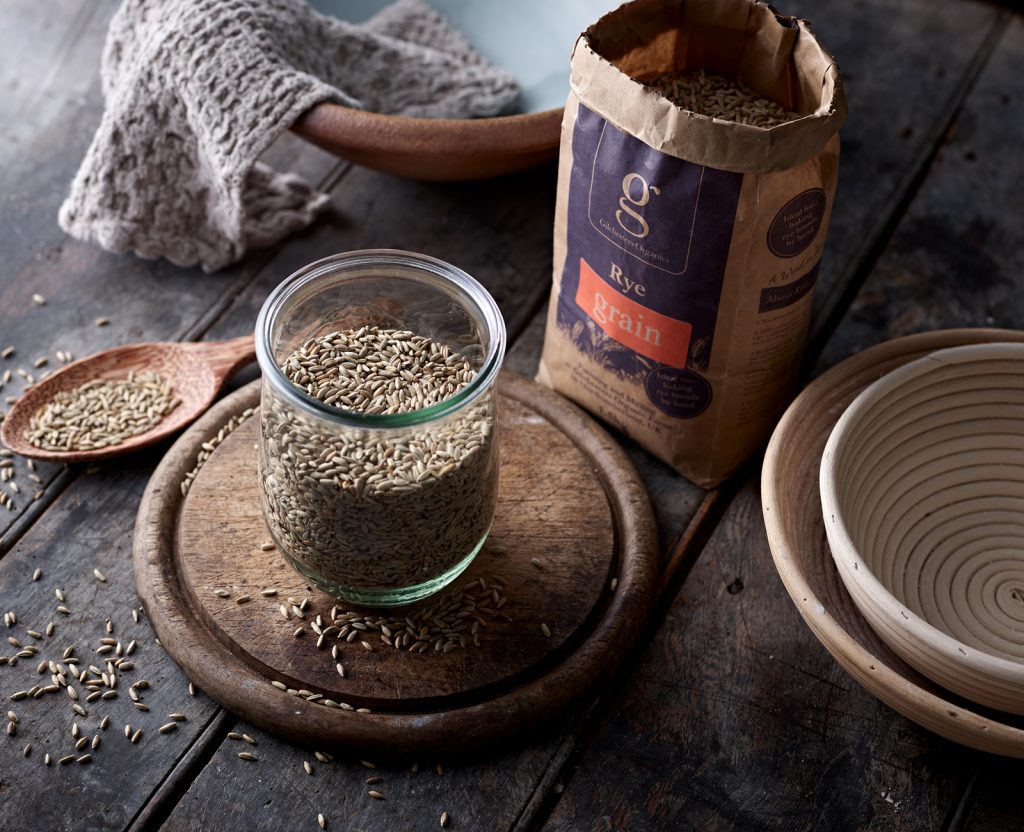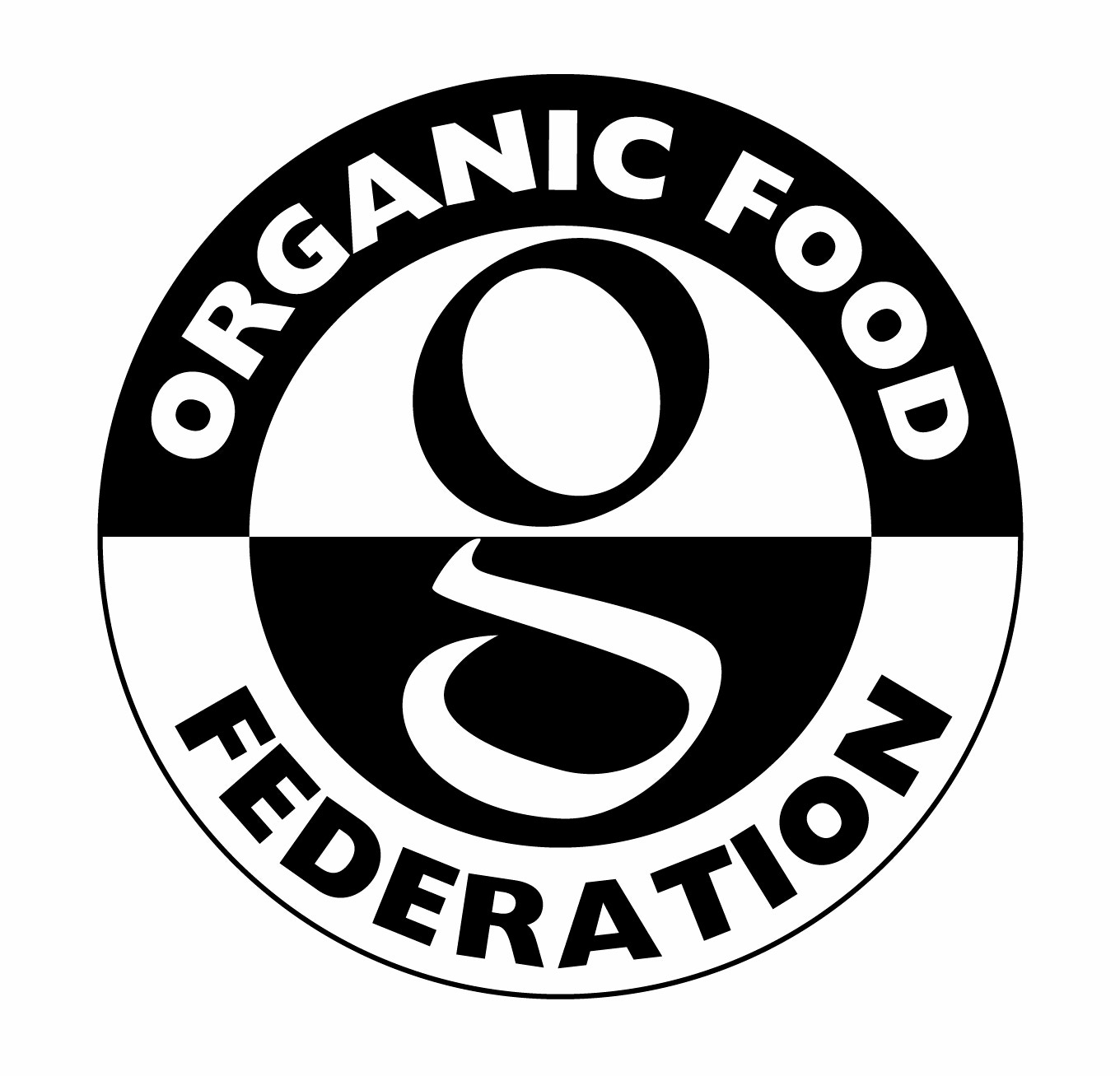We're sometimes asked questions about rye flour, for example "what's the difference between dark rye and light rye?", and "is all rye flour wholemeal?". Hopefully we can quickly clear up any confusion you might have about rye flour and how it's sometimes labelled. Thanks to Andrew Wilkinson of Gilchester, and baking guru Dan Lepard for their input.
Like wheat flours, rye can be classified by how much of the bran and germ of the grain remains after milling. At one extreme, though uncommon in the UK, is pumpernickel flour, used to make the bread of the same name. This contains the whole rye grain, coarsely milled and un-sifted, and as with all the darker rye flours, a small percentage mixed in with strong white flour can add flavour and texture to a 'whiter' loaf.
Wholemeal rye or whole rye is one small step along in refinement. It's made from the whole rye grain but has usually been sifted to remove the coarsest particles. Dark rye depends on the miller; in some cases, it will be a wholemeal flour, sometimes a blend of the floury endosperm with some of the bran and rye germ, and in a few cases, millers have been known to add back in all the leftover bran from making light rye.
Visibly paler than dark rye, light rye still has small amounts of bran and germ, but is a more refined flour, capable of making a lighter loaf, less dense but also with a less pronounced rye flavour. And so we arrive finally at the other extreme with another uncommon flour: white rye. This would have all the bran and rye germ removed, and only contain the milled endosperm. It has the mildest flavour of all the rye flours but is sometimes used in biscuit recipes.
Unless the recipe expressly says to use one of the other styles, it is almost always referring to dark rye, particularly in bread making.




























